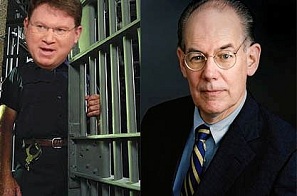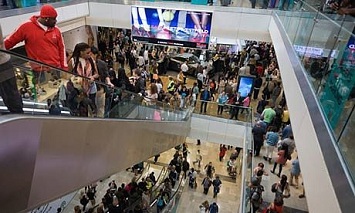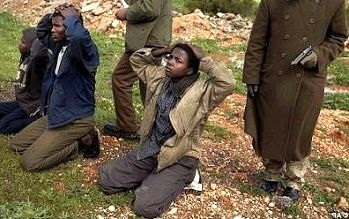Mearsheimer responds to Goldberg's latest smear

Image: Ex-Israeli concentration camp guard Jeffrey Goldberg has launched a typical Hasbara smear & intimidation campaign against Gilad Atzmon and John Mearsheimer (R).
Ever since John Mearsheimer and I began writing about the Israel lobby, some of our critics have leveled various personal charges against us. These attacks rarely addressed the substance of what we wrote -- a tacit concession that both facts and logic were on our side -- but instead accused us of being anti-Semites and conspiracy theorists. They used these false charges to try to discredit and/or marginalize us, and to distract people from the important issues of U.S. Middle East policy that we had raised.
The latest example of this tactic is a recent blog post from Jeffrey Goldberg, where he accused my co-author of endorsing a book by an alleged Holocaust denier and Nazi sympathizer. Goldberg has well-established record of making things up about us, and this latest episode is consistent with his usual approach. I asked Professor Mearsheimer if he wanted to respond to Goldberg's sally, and he sent the following reply.
John Mearsheimer writes:
In a certain sense, it is hard not to be impressed by the energy and imagination that Jeffrey Goldberg devotes to smearing Steve Walt and me. Although he clearly disagrees with our views about U.S.-Israel relations and the role of the Israel lobby, he does not bother to engage what we actually wrote in any meaningful way. Indeed, given what he writes about us, I am not even sure he has read our book or related articles. Instead of challenging the arguments and evidence that we presented, his modus operandi is to misrepresent and distort our views, in a transparent attempt to portray us as rabid anti-Semites.
His latest effort along these lines comes in a recent blog post, where he seizes on a dust jacket blurb I wrote for a new book by Gilad Atzmon titled The Wandering Who? A Study of Jewish Identity Politics.




























